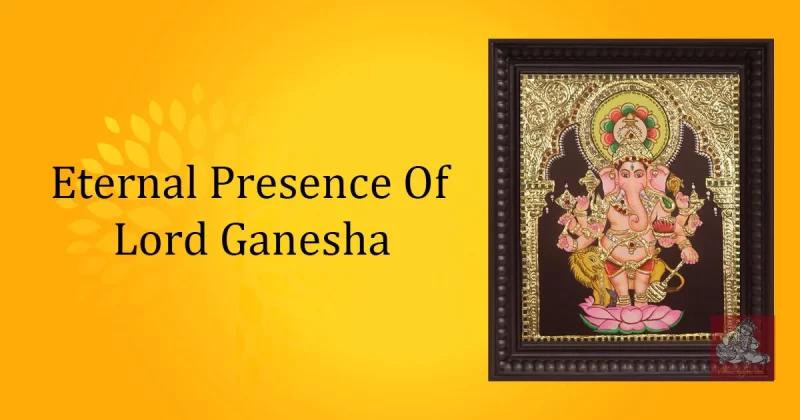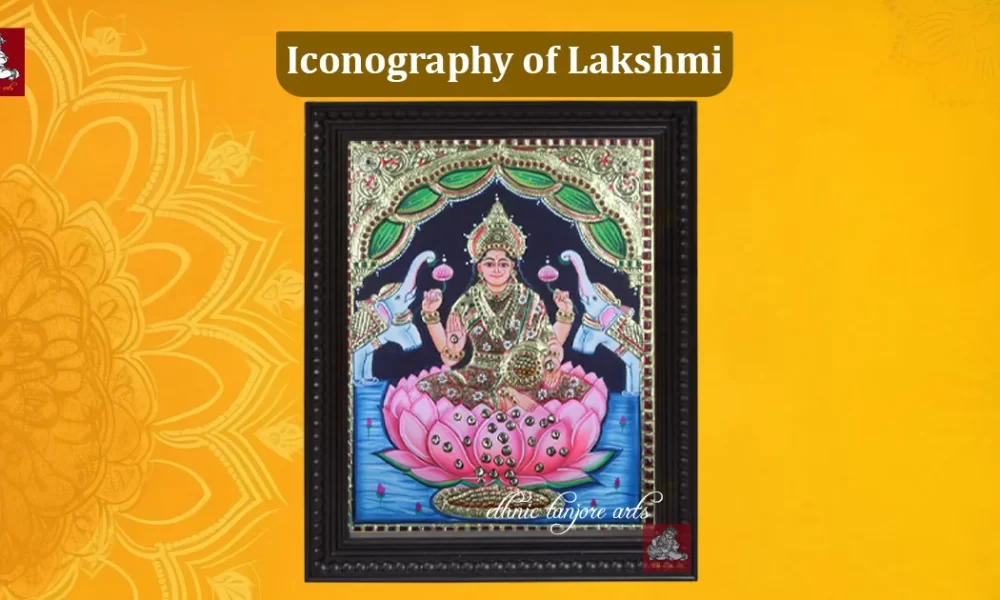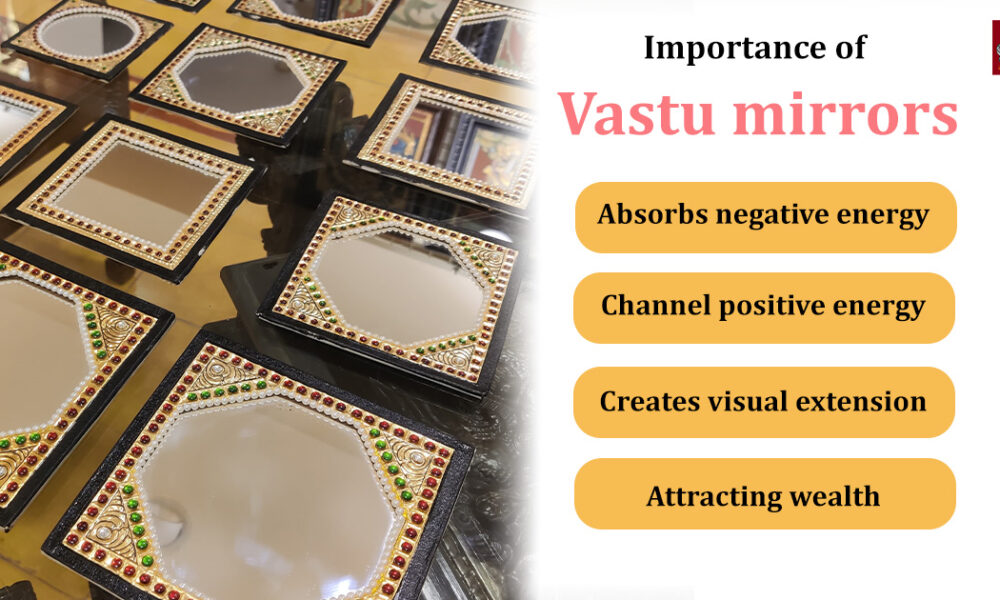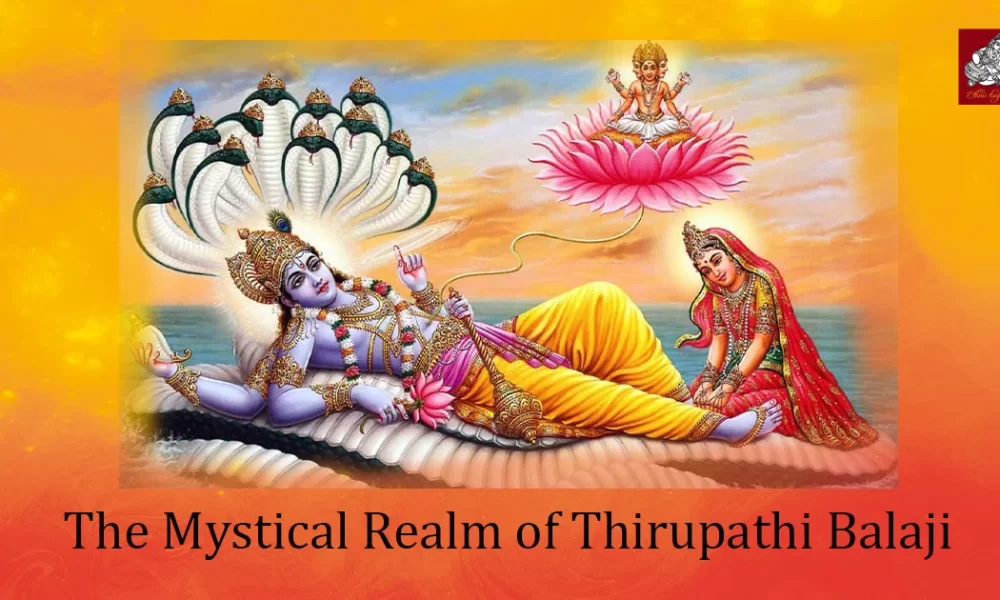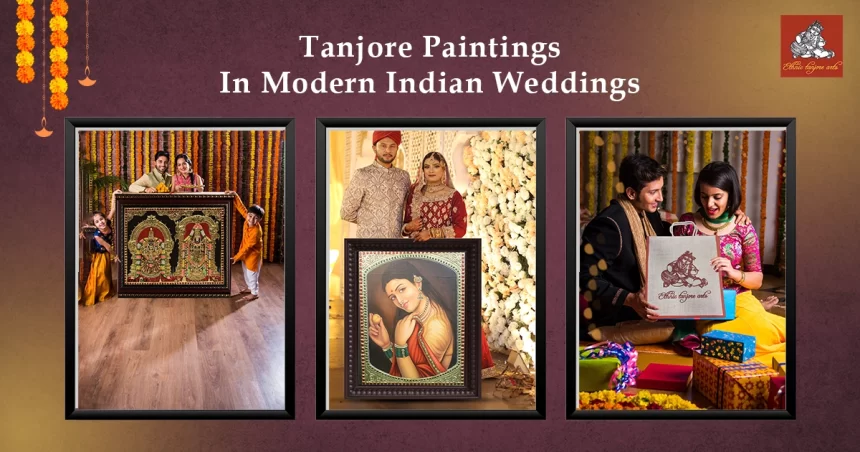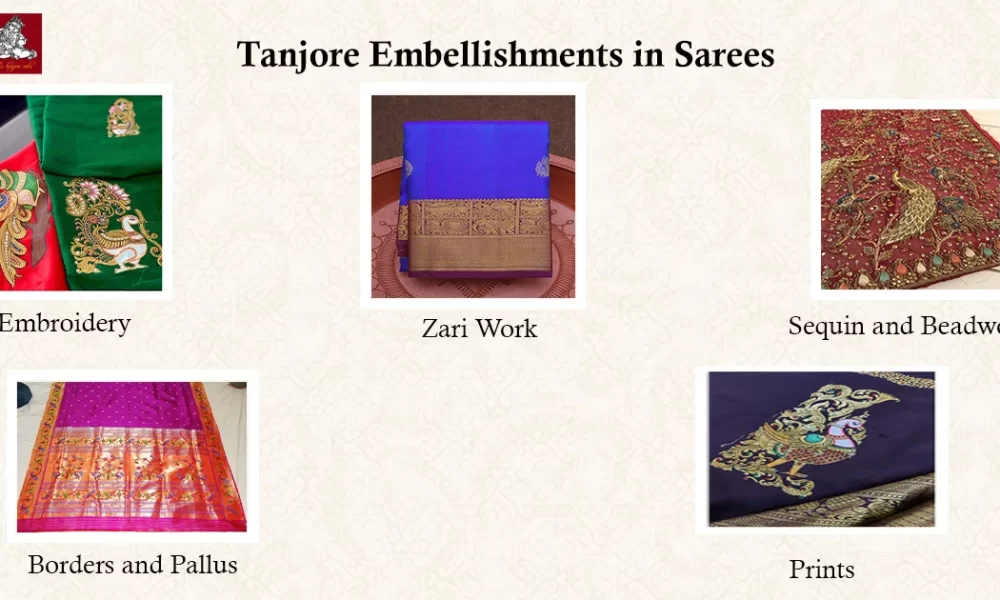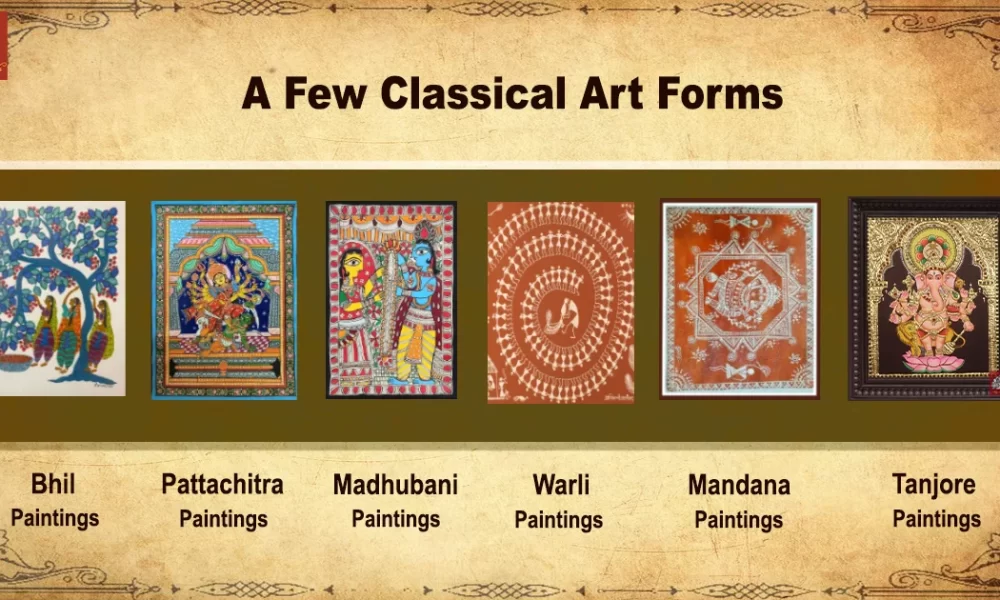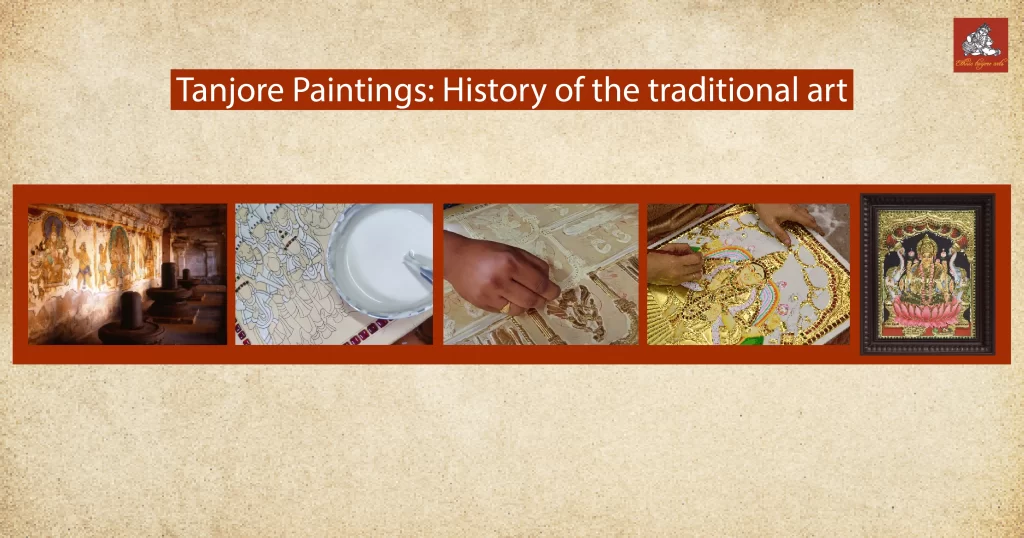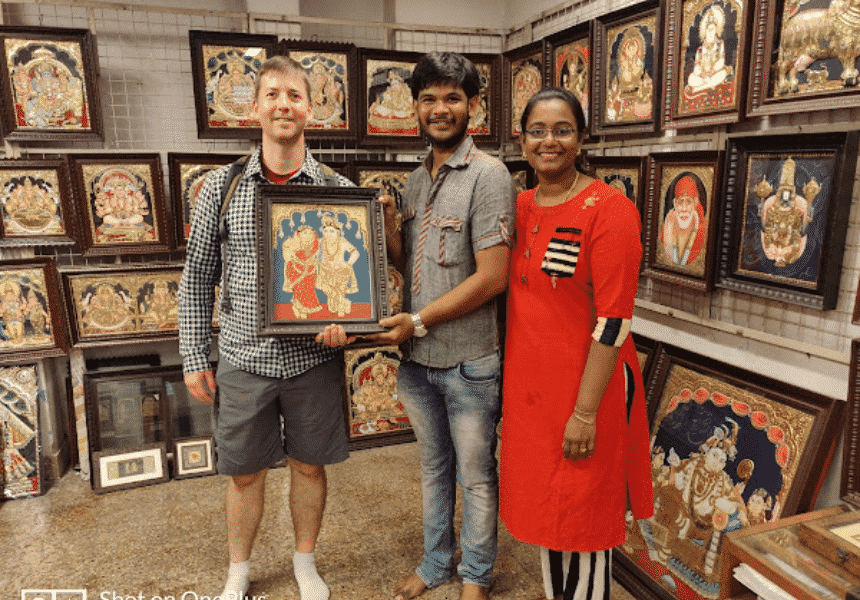Introduction:
“Ganpathi Bappa Morya”
The chorus of the chant can make anyone have goosebumps anytime, anywhere. Ganesha, Ganpathi, Vinayagar, the remover of obstacles, he is known by various names and is worshipped by his devotees of the Sanatan Dharma, Hinduism.
He is one of the cherished Gods of Hinduism, being worshipped before any auspicious beginnings as he removes any barriers, hurdles, and impediments in the journey. He also removes any hurdles in the spiritual journey of a soul.
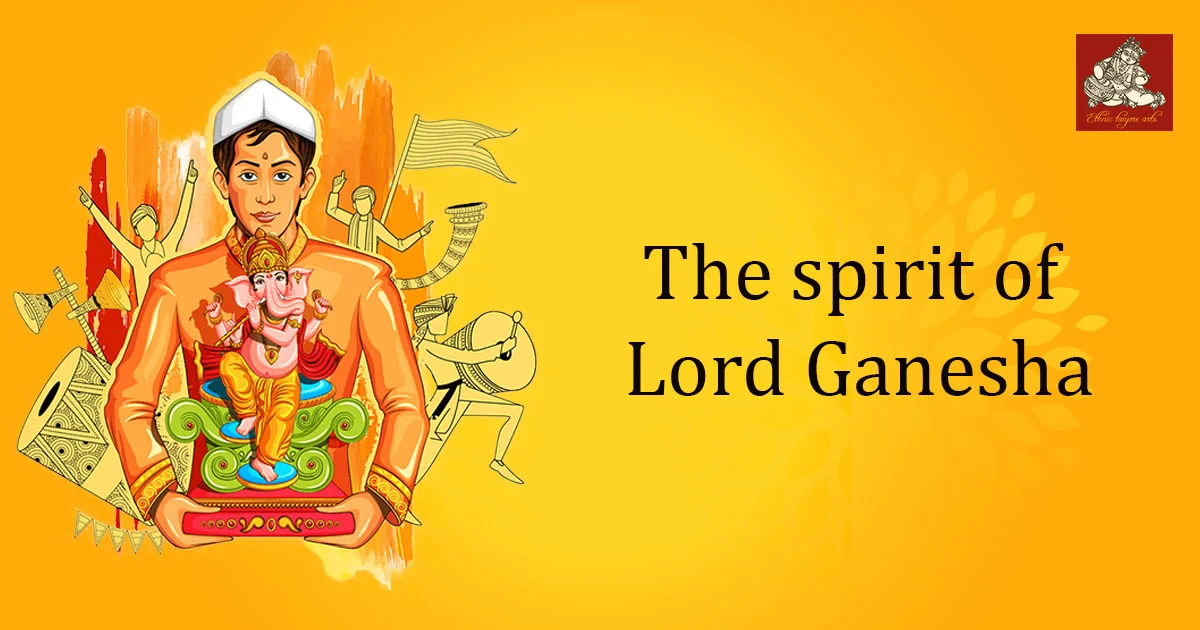
Lord Ganesha is the guardian of esoteric knowledge and the deity of astrology. We all know the infamous story of how he won the Jnana Palam in the competition with his little brother Murugan. It is a testament to the wisdom and intellect of the one who rides a mouse.
Today, let’s learn more about the Eternal Guardian, Lord Ganesha.
Birth of the Destroyer of Obstacles
The story of the Lord’s birth begins when the supreme Goddess Parvati wants to take a bath and not be disturbed by anyone. Although some say at the moment Nandi, the Vahana of Lord Shiva, was not present to guard the abode, some say the Goddess wanted someone loyal to her, as Nandi is devoted to Lord Shiva.
So, she made a statue of a boy from the turmeric paste on her body and breathed life into him.
She asked the boy to guard the door and not let anyone in until she finished her bath. But then, he soon faced the wrath of Lord Shiva, as he was denied to enter the home. Took over by divine fury, Lord Shiva severed the boy’s head with his trishula.
When Goddess Parvathi came to know of the situation, she swore to destroy all of creation in her anger. Lord Brahma, the creator of the world, intertwined and pleaded with her to change her decision. Maa Parvati obliged on two conditions. The boy must be brought back to life, and he must be worshipped before all the other Gods.
Soon, the head of the first animal that lay facing north was brought. It was the head of the powerful elephant, Gajasura. Brahma placed the elephant’s head on his body and breathed life into him. And thus Gajanana, the leader of all Ganas, was born.
Symbolism of Lord Ganesha
According to Hindu mythology, the universe is a cosmic machine, and each god is said to be part of the administration with their own unique powers. Lord Ganesha, as said above, is the remover of obstacles and the leader of all Ganas (classes), including insects, animals, humans, and celestial beings.

He is also revered as the patron of the arts, science, and intellect. His large head symbolizes wisdom, intelligence, and the ability to discern truth from falsehood. Also, his elephant head symbolizes wisdom, while his human body signifies compassion and empathy.
The universe can be viewed as his round belly, and the energy that binds the universe together can be regarded as the serpent around his waist. The mouse he rides is comparable to an irrational mind that can be subdued by knowledge.
Celebrating festivals for Lord Ganesha
Ganesh Chaturthi is the primary festival for Lord Ganesha, celebrated over 10 days with high enthusiasm, love, and devotion. The history of the celebration can be traced back to the 18th century, under the reigns of the Satavahana, Rashtrakuta, and Chalukya dynasties.
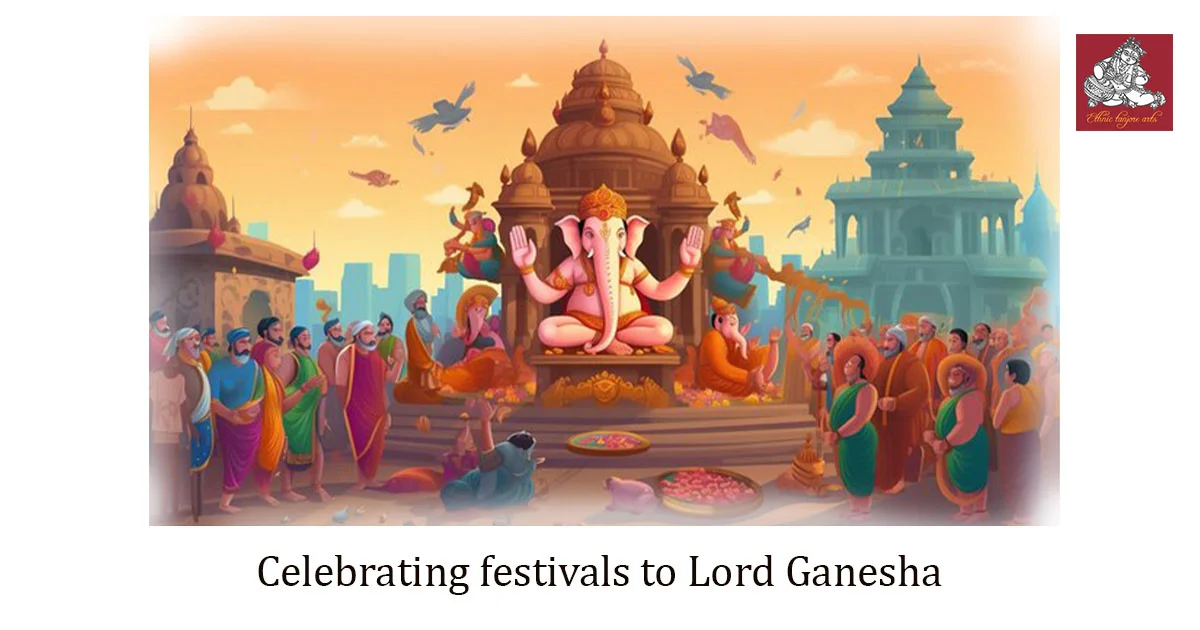
To promote the spirit of nationalism, Maratha leader Chhatrapati Shivaji Maharaj initiated the celebration. Concluding 10 days of festivities, Ganesh Visarjan takes place on the last day. Alternatively, it is believed that Lord Ganesha was made from clay, so the statues are still made of clay even today. On the day of Ganesh Visarjan, he is immersed in holy water to join his mother, Parvati.
As the Sunday Guardian says,
“The Visarjan, or immersion, is done to symbolize the concept of moksha, absolutely unchanging.”‘That is why we create Ganesha out of clay, worship it, and later submerge it in water, to be one with divine consciousness.”
Scribe of the Epic Tale of Kurukshetra
The epic war fought for justice on the holy ground of Kurukshetra was none other than the one between the royal cousins, Pandavas and Kauravas. The Mahabharata, one of the holy books of Hinduism, was composed by Sage Ved Vyasa.
He asked Lord Ganesha himself to write the holy book as he recites. The sage considered that no one could write the tale other than the Lord of wisdom and intellect.
Lord Ganesha obliged but on one condition.
“You have to dictate the epic to me non-stop. The moment you stop, I’ll also stop and go away.”
The sage also obliged, but came out with another condition: Lord Ganesha must understand each verse before writing it down. This will give Sage ample time to compose and take breaks from the recitation.
It is said that while writing Mahabaratha, Lord Ganesha’s pen broke. Instead of pausing, he broke off one of his tusks and inscribed the holy scripture. This shows his selfless act of love and his commitment to not break off his words and disrupt the harmony of the verses.
Conclusion:
Lord Ganesha, with his unique attributes and symbolism, holds a special place not only in Hindu mythology but also in the hearts of millions around the world. His wisdom, kindness, and ability to remove obstacles make him a beloved deity who is worshipped with reverence and devotion.
Through the stories and teachings associated with him, we learn valuable lessons about perseverance, humility, and the importance of overcoming challenges in our own lives.
If you are looking for ways to bring the destroyer of obstacles to your home, buy a Tanjore painting of Lord Ganesha. Tanjore paintings are usually sketched with devotion and love for the deity, making them a holy choice for worship.
Let us continue to seek his blessings and guidance as we strive for success, prosperity, and inner peace.
Mangalamurthi Morya!

